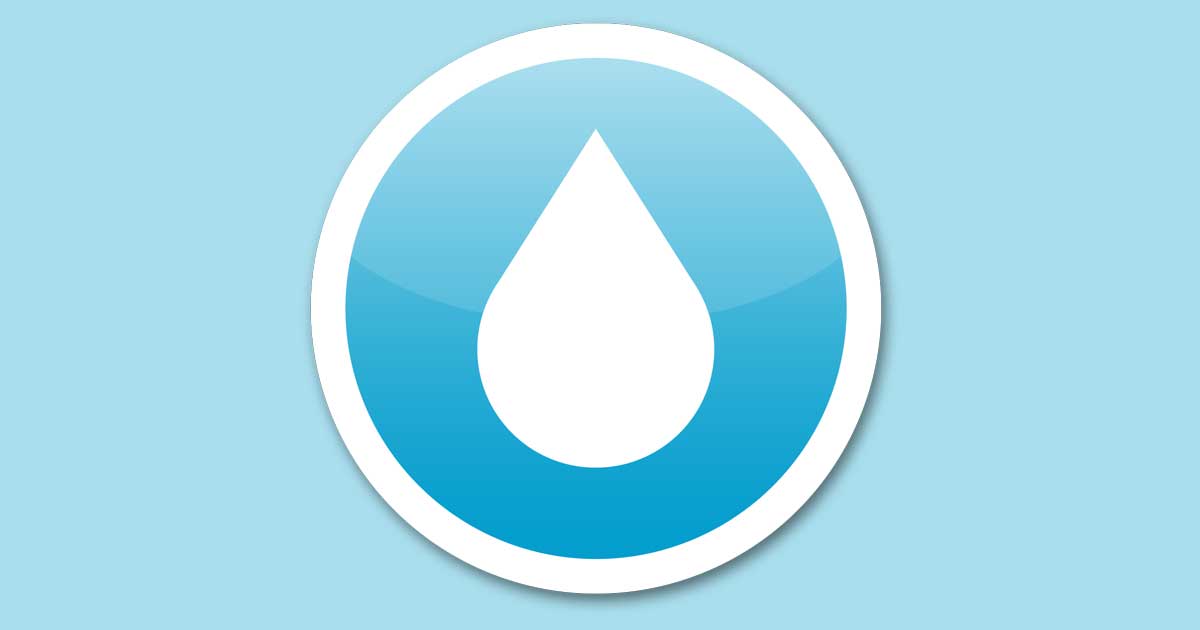To serve you better, we've assembled a list of our customers' most frequently asked questions. If you don't find your answer here, feel free to contact us.
How could I have used this much water?
You may not have - You could possibly have a leaky toilet or faucet that's difficult to detect. Just call the office and we'll work with you to solve the problem.
What do I do if I am experiencing low pressure?
Check your meter and the surrounding area for possible leaks. Next, call our office and report low pressure for your area.
Why is my water discolored?
Milky white water, also commonly described as cloudy, hazy, soapy or foamy, is almost always caused by air in the water. To see if the white color in the water is due to air, fill a clear glass with water and set it on the counter. Observe the glass of water for 2 or 3 minutes. If the white color is due to air, the water will begin to clear at the bottom of the glass first and then gradually will clear all the way to the top. This is a natural phenomenon and is caused by dissolved air in the water that is released when the faucet is opened. When you relieve the pressure by opening the faucet and filling your glass with water, the air is now free to escape from the water, giving it a milky appearance for a few minutes. If your water is cloudy or milky white in appearance and it does not clear in a glass after 5 minutes contact us.
What chemicals does our utility district add to the water?
Lakeview Midway Public Water Authority purchases its water from the Mountain Home Water Department and they treat the water before it comes to our customers.
My water tastes, looks, and smells funny. Is it safe to drink?
All public water systems are required to maintain a minimum chlorine level of 0.2 mg/L (tested at the end of each line) by state law. Systems that use chloramine as a disinfectant must maintain a level of 0.5 mg/L by state law. Our disinfectant levels are tested daily to ensure safety.
Why does debris come out of the faucet when running hot water?
Most likely your water heater needs to be flushed. CAUTION: Most manufacturers recommend hiring a professional to flush your water heater. If you plan on doing this yourself, read the owner's manual to keep from being hurt and or damaging the water heater.
Why do I have a previous balance when I know I sent in my payment?
We may have received it after the due date or we may not have received it at all. Call our office and we will help you solve the problem.
What are these particles in my water
White or tan particles in the water usually come from one of three places:
- The inside of your pipes,
- Your water heater, or
- Your water softener
White or tan particles can be a combination of calcium carbonate and magnesium carbonate; this material is often referred to as pipe scale. Calcium and magnesium carbonates are naturally occuring minerals and are found in varying concentrations in most waters around the world. These minerals are not a health threat; in fact, they are beneficial to human health. The amounts of these minerals in the water determine the hardness of the water; higher mineral concentrations make the water harder. Over time, these minerals can deposit on the inside of your pipes and then begin to flake off. If the water supplied by your city or town becomes softer or if you add a water softener to your plumbing system, the softer water can begin to redissolve the minerals from the pipes and pieces may begin to break loose. These are all common causes of pipe scale in the water and account for most customer complaints about white or tan particles in the water. Although pipe scale is not a health hazard, it can be a nuisance by clogging inlet screens to washing machines, shower heads, and faucet aerators (the screen that screws on to the end of the water faucet).
